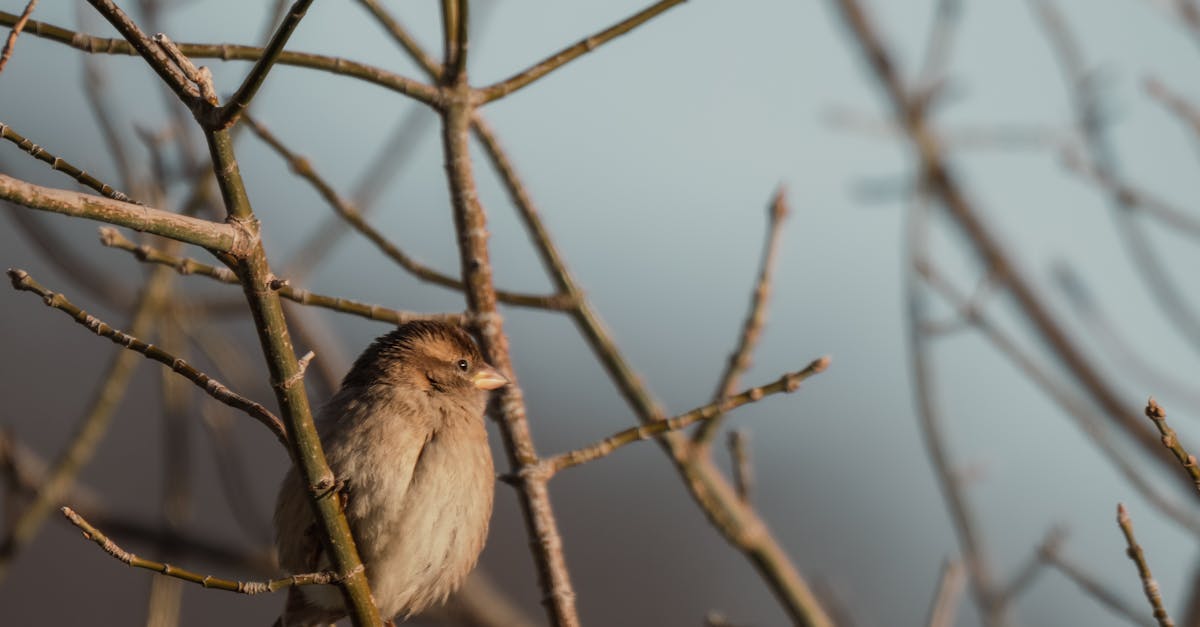As the H5N1 avian influenza virus spreads alarmingly through poultry flocks, a divisive proposal emerges from the halls of power in Washington. Secretary of Health and Human Services, Robert F. Kennedy, Jr., has gone public with a controversial strategy: allowing the virus to circulate freely in birds and possibly beyond. This bold assertion has sparked significant debate among health officials, farmers, and the general public, raising vital questions about the consequences of such a plan. In this article, we will explore the implications of Kennedy’s proposal, the current state of the H5N1 virus, expert opinions, and the potential impacts on agriculture and public health.
Understanding H5N1 Avian Influenza
The H5N1 virus, primarily affecting birds, poses a risk not only to poultry industries but also to human health.
According to the World Health Organization (WHO), H5N1 has resulted in 862 confirmed human cases globally, leading to 455 deaths.
As the virus mutates, the threat level can change, emphasizing the need for timely responses to outbreaks.
The Proposal: Letting the Virus Rip
Robert F. Kennedy, Jr. asserts that merely restricting movement and culling infected birds may not be the ideal approach. Instead, he believes that we should allow natural immunity to develop in bird populations. This unorthodox view calls for a broader discussion on managing zoonotic diseases—those that can jump from animals to humans. He states, “If we let the virus rip, we may create a more resilient bird population.” However, critics warn of the potentially devastating consequences of such a strategy.
Expert Opinions Divide
The medical community has voiced mixed responses about Kennedy’s claims. While some infectious disease specialists agree that culling isn’t an absolute solution, they advocate for stricter monitoring and vaccination initiatives. Dr. Anthony Fauci stresses, “We must not take unnecessary risks with public health.” For further insights, you can read about the CDC’s perspective on avian influenza.
The Economic Impact on the Poultry Industry
Given that poultry is a primary protein source worldwide, the implications of H5N1 outbreaks can weigh heavily on economies. Culling affected flocks can lead to significant financial losses for farmers and food supply chain disruptions. The National Chicken Council reports that U.S. poultry exports reached over $5.6 billion last year; thus, any hint of disease could jeopardize agricultural markets.
Public Concerns and Vaccination Efforts
The thought of H5N1 spreading to humans creates an atmosphere of fear and anxiety. While outbreaks have been contained thanks to vaccination campaigns, public health officials warn against complacency.
Dr. Rochelle Walensky, head of the CDC, emphasizes, “We cannot afford to be reactive; proactive measures are essential in preventing widespread outbreaks.”
Learn more about current vaccination programs at the FDA’s official site.
Global Responses to Avian Flu
Different countries are adopting strategies for managing H5N1 outbreaks, from intensive biosecurity measures to vaccination programs. Countries like France have ramped up vaccination efforts to safeguard poultry from infection. In comparison, nations with less stringent protocols are at a greater risk of widespread outbreaks, raising questions of international readiness and cooperation in addressing such diseases.
The Path Forward
As the debate over Kennedy’s plan continues, researchers advocate for a balanced approach. Combining vaccination, monitoring, and effective risk management could help mitigate the impacts of H5N1 without risking public health. Striking this delicate balance is imperative as we navigate these uncertain times.
Final Thoughts: The Bigger Picture
In conclusion, while Kennedy’s proposal may warrant discussion, the complexities surrounding H5N1 avian influenza necessitate a careful, science-based response. The health of poultry populations, human health, and economic stability all intertwine in this challenging equation. It is crucial that we consider a holistic approach to avert crises, maintaining a focus on public health and food safety. As we continue to learn from past outbreaks, we must remain vigilant and proactive in our strategies against avian influenza and similar zoonotic diseases. For more details on avian flu, visit the WHO’s Q&A page.
